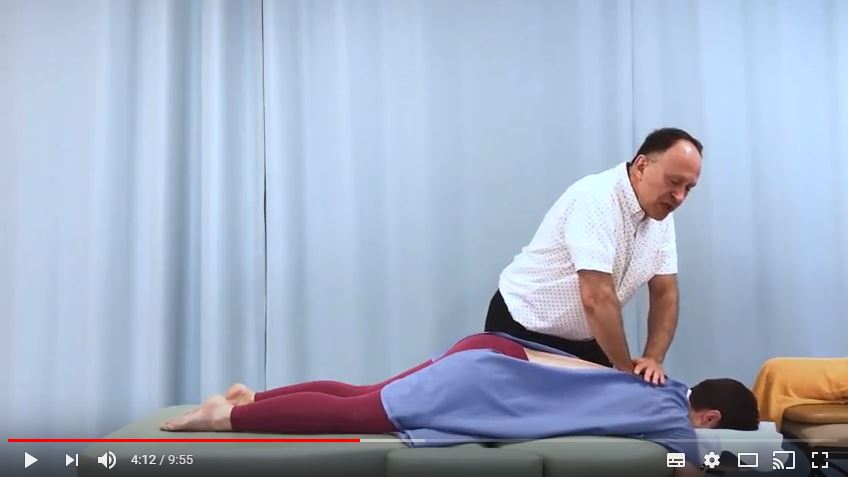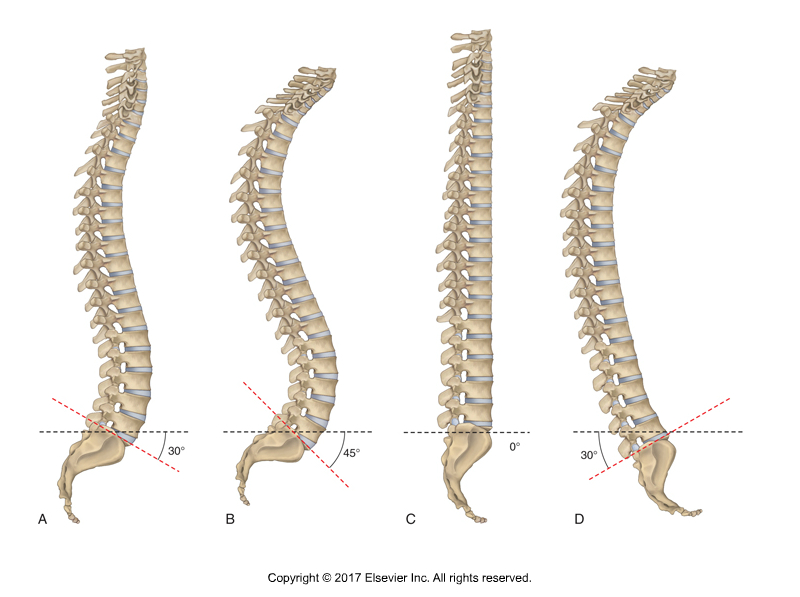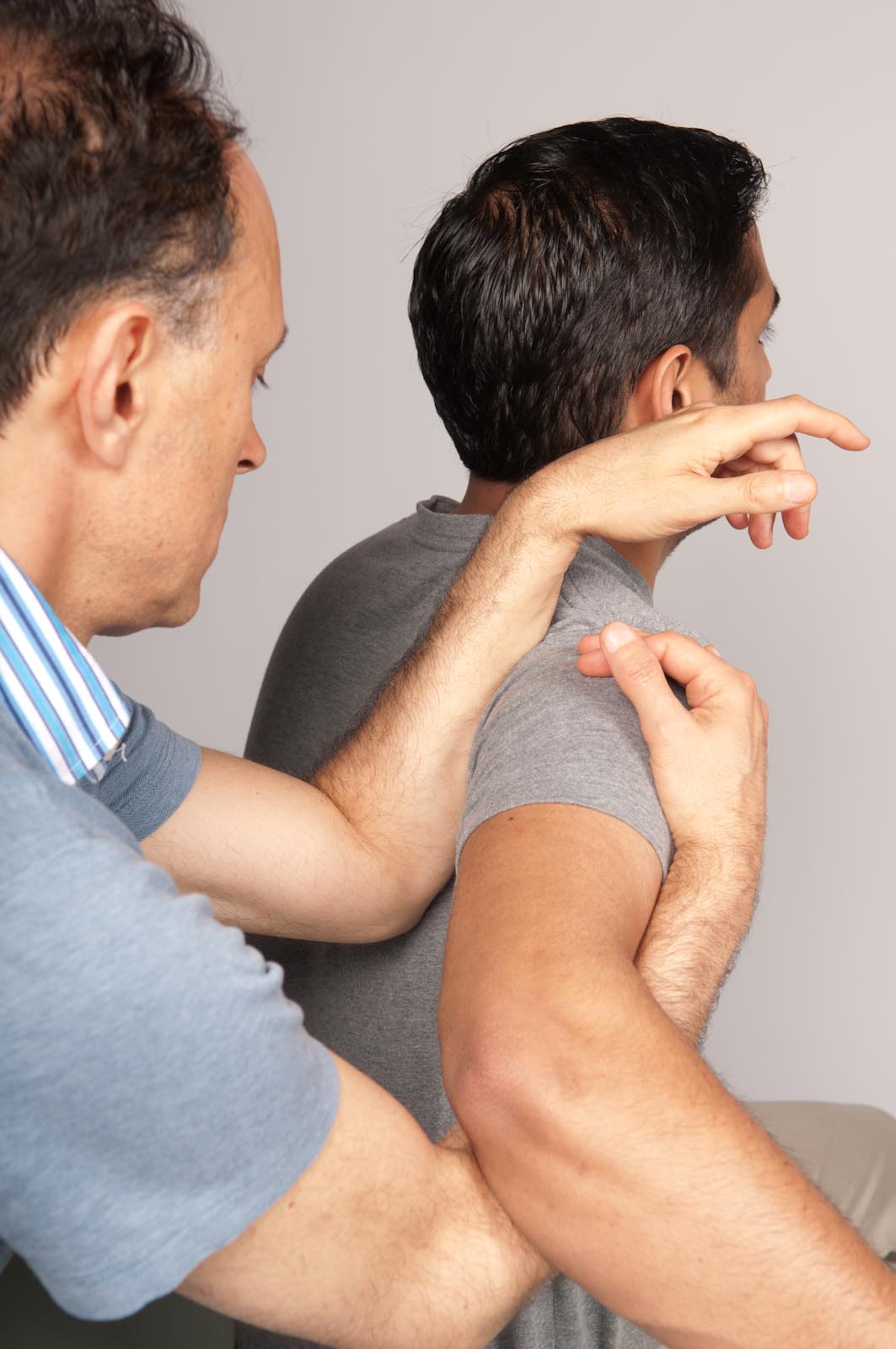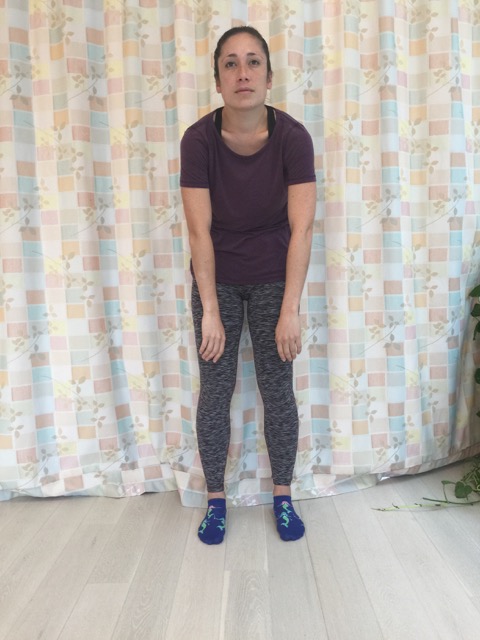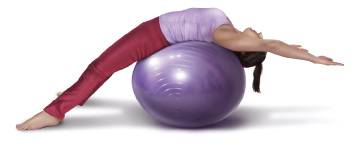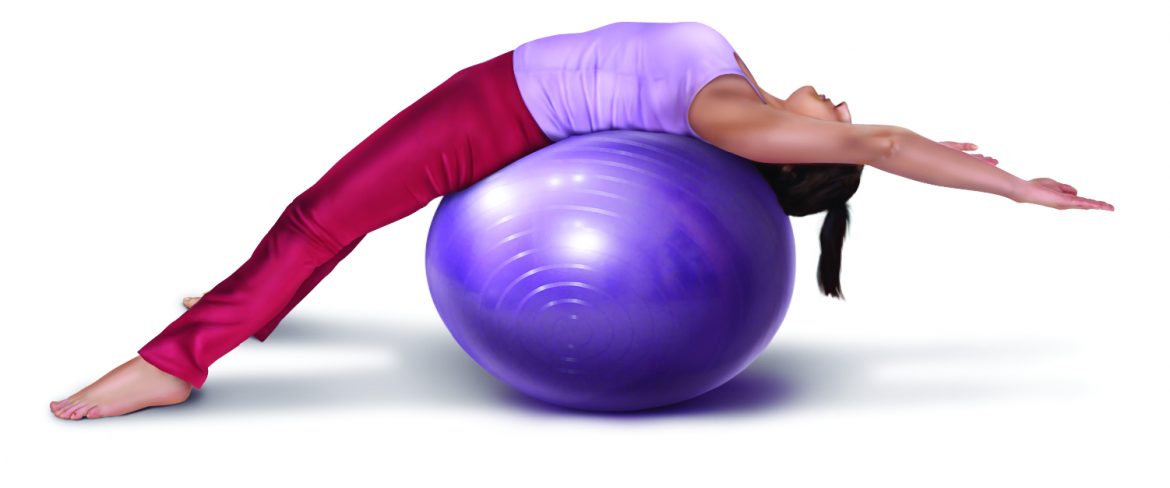Thoracic dishing is a postural distortion pattern in which a part of the thoracic spine has a reverse curve of lordosis (extension) instead of the usual kyphosis (flexion). In this free Digital COMT video, Dr. Joe Muscolino explains this condition and how to treat it with manual therapy. Enjoy!
Elongation of the Spine
Elongation of the spine is often spoken of by Pilates instructors. But what exactly is elongation of the spine and how is it achieved biomechanically?
How do we Treat Upper Crossed Syndrome with Manual Therapy?
Especially effective for the pectoralis musculature is to use pin and stretch technique. With the client/patient supine and positioned toward the side of the table, pin the musculature with your finger pads as you bring the client/patient’s abducted arm off the side of the table and down into horizontal extension.
Signs, Symptoms, and Assessment of Upper Crossed Syndrome
The first and most obvious sign of upper crossed syndrome (named by Vladimir Janda) is the characteristic postural dysfunction of protracted scapulae, medially (internally) rotated humeri, hyperkyphotic (overly flexed) upper thoracic spine, and a protracted (anteriorly held) head.
Self-Care and Medical Approaches to Slumped Spinal Posture
An excellent self-care exercise is to recommend that the client/patient lie supine on an exercise ball to help move the thoracolumbar spine into extension.
The Thoracic Spine… The Silent Saboteur
There is an old saying that no posture is bad unless you get stuck in it. The problem is that the thoracic spine often does get stuck in bad posture.

